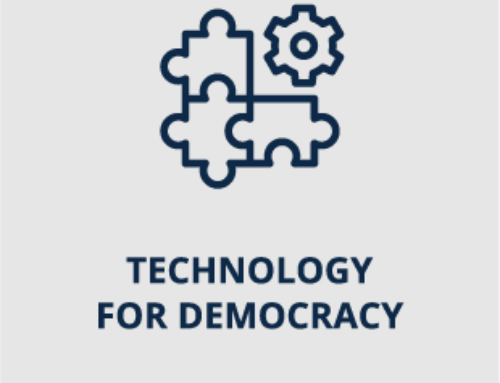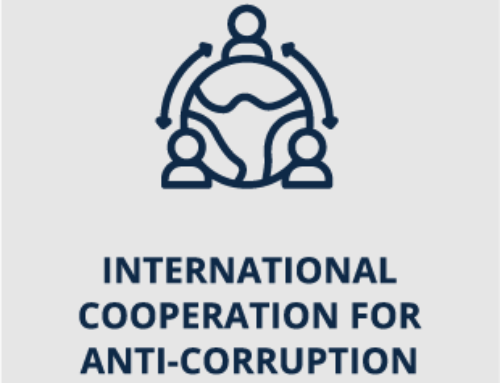Nonviolent Collective Action – Proposed Workstream
Country lead: United States
Draft Donor Principles for Cross-Border Support for Nonviolent Collective Action
Ben Naimark-Rowse, USAID – DRG Center
Over the course of the 20th century, nonviolent collective action, or “people power,” became widely known around the globe. From South Africa, to India, the Philippines, Ukraine, Georgia, Chile, and the United States, democratic freedoms expanded thanks to nonviolent collective action. Today, people around the world are participating in civic life through social movements, grassroots organizing, and other forms of nonviolent collective action more so than ever before in recorded history.1 In some contexts, nonviolent collective action entails grassroots organizing to build political power at a local level – for example, to improve public services like education or healthcare. In other contexts, it entails mass mobilization at a national level – for example, to demand an end to corruption or surging inflation. The effects of nonviolent collective action reverberate from Tunisia to Chile to Sudan, and have ushered in democratic reform and curtailed corruption on multiple continents.
Nonviolent collective action is not only widespread, it has demonstrated its effectiveness in helping democracies develop and remain resilient. It often involves communities that have been historically excluded from power (i) building political power in their society, and (ii) using that power to change policy, cultural norms, and attitudes. It is also a core strategy of civic participation that is often complementary to the work of formal civil society organizations. Yet, nonviolent collective action functions differently than most formal civil society organizations (CSOs) even when the goals are shared.2 The entities leading nonviolent collective action often are broad-based and decentralized, have fluid institutional forms, may not be registered, or have no 501(c)(3) equivalency status.
Scholarship finds that nonviolent collective action – in the form of a social movement – has been twice as effective as violence at achieving its stated goals.3 And political transitions initiated through nonviolent collective action have been three times as likely to lead to democracy as political transitions initiated through all other means
1 Chenoweth, Erica. “The Future of Nonviolent Resistance.” Journal of Democracy 31, no 3. July (2020): 69-84. https://www.journalofdemocracy.org/articles/the-future-of-nonviolent-resistance-2/.
2 Pinckney, Jonathan C. From Dissent to Democracy: The Promise and Perils of Civil Resistance Transitions. New York: Oxford University Press, 2020.
3 Chenoweth, Erica and Zoe Marks. “Revenge of the Patriarchs Why Autocrats Fear Women.” Foreign Affairs. March/April 2022. https://www.foreignaffairs.com/articles/china/2022-02-08/women-rights-revenge-patriarchs.
Find the concept note here: Cross-Border-Support-for-NVCA-Draft-Principles-Civic-Space-Cohort-Sub-Workstream-2
Find the powerpoint here: January-9th-Workstream-NVA-Civic-Space-Cohort-




